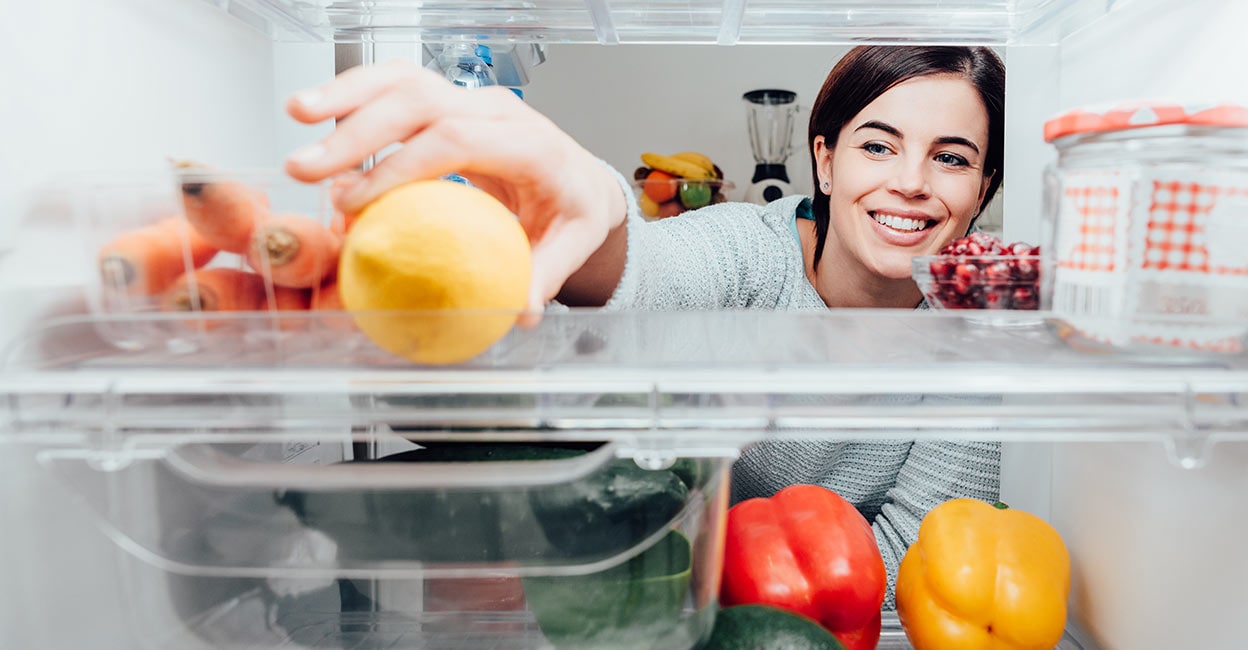Why you shouldn’t put non-stick pans, pressure cookers, or thermowares in the refrigerator

Mail This Article
Refrigerating food is a common practice to preserve it for longer durations. However, not all kitchenware is suited for storing food in the fridge, especially when it comes to certain items like pressure cookers, non-stick pans, and thermowares. Here’s why placing these vessels in the refrigerator can be a bad idea.
1. Non-stick pans
Non-stick pans are not designed for refrigerator storage due to the sensitivity of their coating.
Coating degradation: The non-stick surface is prone to wear and tear when exposed to cold, which can cause it to lose its effectiveness over time.
Scratches and dents: Fridges are crowded spaces, and non-stick pans can easily get scratched by other items or utensils. Any damage to the coating will reduce the pan's non-stick properties.
2. Pressure cookers
Pressure cookers are built to handle high temperatures and pressure, but storing them in the fridge is not recommended.
Thermal shock: The sudden shift from a hot environment to a cold one can weaken the metal, causing warping or damage over time.
Sealing ring damage: The rubber gasket used for sealing in pressure cookers can harden or lose elasticity in cold conditions, compromising the cooker’s ability to seal properly in future use.
Condensation risk: Hot food in a sealed pressure cooker placed in the fridge will cause condensation to build up inside, leading to potential moisture-related issues like rust.
3. Thermowares
Thermowares and insulated casseroles are designed to keep food warm, not to store food in cold conditions.
Insulation damage: Prolonged exposure to cold temperatures can compromise the thermal insulation inside these casseroles, reducing their ability to retain heat in the future.
Condensation inside layers: Just like with pressure cookers, hot food inside a thermo casserole will create condensation when placed in the fridge, potentially leading to moisture buildup and odours.

4. Cast iron cookware
Cast iron vessels, including skillets and Dutch ovens, are excellent for cooking but should be kept out of the fridge.
Moisture exposure: Cast iron is prone to rust when exposed to moisture. Refrigerators are naturally humid environments, and this can lead to rust forming on the surface of the cookware.
Weight and space ossues: Cast iron is heavy and can be cumbersome to store in a fridge, potentially damaging the refrigerator shelves.
5. Clay pots
Clay pots are delicate and should not be refrigerated for several reasons.
Cracking: Clay is sensitive to temperature changes. A sudden drop in temperature from room or cooking heat to the fridge can cause cracking or structural damage to the pot.
Moisture absorption: Clay is porous and can absorb moisture from the refrigerator, which may lead to mould growth or unpleasant odours.
6. Copper and brass vessels
These metal vessels are traditionally used for cooking in many cultures but should be avoided in the fridge.
Tarnishing: Copper and brass react with moisture, causing tarnishing and discolouration. The cold, humid environment of the fridge can accelerate this process.
Leaching: Prolonged storage of food in copper or brass vessels can lead to the leaching of metal into the food, particularly in acidic conditions, which may pose health risks.
Safe storage alternatives
- Glass containers: Perfect for refrigeration as they are non-reactive and maintain temperature stability.
- Stainless steel: While heavier, stainless steel containers can be used safely in the fridge, as they don’t react with cold temperatures.
- Food-grade plastic: Lightweight and convenient for storing food in the refrigerator, plastic containers are an excellent option, provided they are BPA-free and made for cold storage.
Best practices for storing food
- Let food cool: Always allow hot food to cool down before refrigerating it to avoid condensation build-up and temperature shock.
- Transfer food to safe vessels: Instead of putting your cooking vessel directly in the fridge, transfer the contents to a container meant for refrigeration.
- Use airtight glass or plastic containers: These materials are specifically designed for refrigerating food and do not pose any risk of damage.




